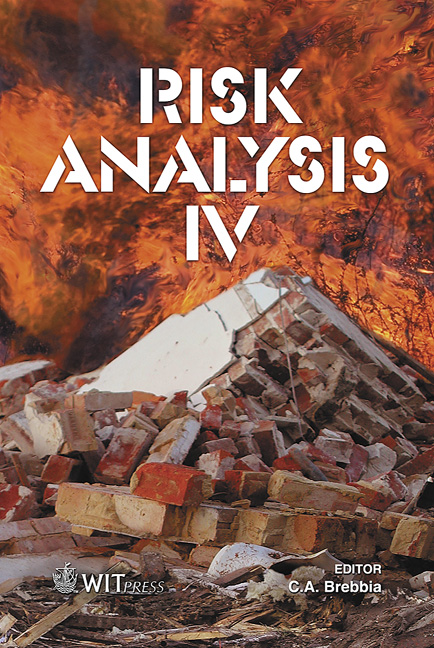Strengthening Local Authorities In Flood Risk Management: A Case Study From Naga, The Philippines
Price
Free (open access)
Transaction
Volume
77
Pages
11
Published
2004
Size
1,425 kb
Paper DOI
10.2495/RISK040311
Copyright
WIT Press
Author(s)
D. Alkema, K. Tennakoon, J. Otieno & N. Kingma
Abstract
The city of Naga is a medium sized city on the isle of Luzon in the Philippines. It is located in an area that is frequently hit by typhoons that cause severe inundations of the city and the surrounding agricultural lands. Several types of floods affect the area, sometimes in combination: a) riverine floods from the Bicol, the main river in the area, b) flash-floods from the torrent Naga, and c) storm surges from the sea. In close collaboration with the municipality of Naga, a research program was initiated to investigate to what extend hydrodynamic modelling can be used as an instrument to: a) assess the flood hazard situation in terms of inundation probability and b) to make a risk assessment based on the flood hazard and the elements at risk. This paper presents the first results of flood inundation modelling. In the future the city intends to use these models as simulation tools to support decision-making in designing mitigation measures and to assess the suitability of potential urban expansion sites. 1 Introduction Urban risk is rapidly increasing, particularly in developing countries, where urbanisation is often occurring in areas susceptible to disasters. Almost half of the world population lives in cities, where all kinds of human activities are concentrated. Thus, cities are more and more vulnerable to disasters, particularly to earthquakes, and flooding. Whereas large cities often are able to attract the resources and capacity to set-up disaster management information system, medium-size cities most often lack these possibilities. In order to improve the safety of these communities, and consequently make them more sustainable and
Keywords





